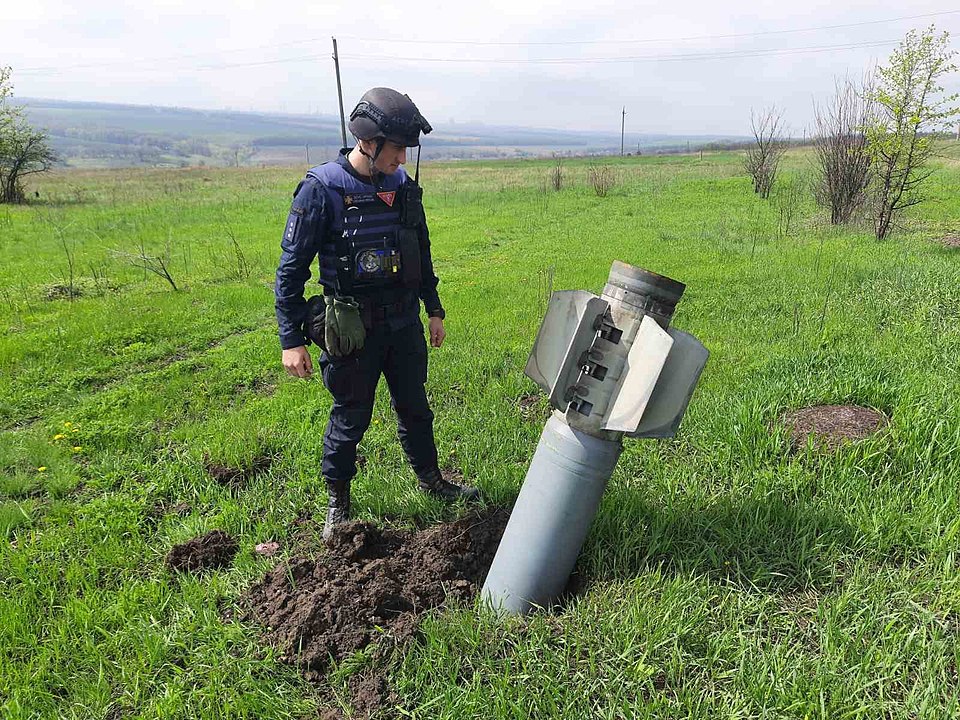Increased Rocket Launches Threaten Ozone Layer Recovery, Experts Warn

The surge in global rocket launches poses a significant threat to the recovery of the ozone layer, according to a recent study conducted by an international research team led by Laura Revell, a senior lecturer at the University of Canterbury. The study highlights the environmental impact of rocket emissions, particularly in the context of a booming space industry that has seen launches rise from 97 in 2019 to a projected 258 in 2024, and estimates suggest this could escalate to 2,040 launches annually by 2030.
Rocket launches and re-entering space debris release pollutants into the middle atmosphere, where they can remain for extended periods, significantly impacting the ozone layer, which protects life on Earth from harmful ultraviolet (UV) radiation. This issue, previously underestimated, has gained urgency as emissions from rockets—currently unregulated—could delay the ozone layer's recovery by years or even decades.
The study, published in the journal *npj Climate and Atmospheric Science* on July 19, 2025, employs a chemistry climate model developed at ETH Zurich and the Physical Meteorological Observatory in Davos, revealing that projected rocket emissions could lead to a reduction of nearly 0.3% in global average ozone thickness by 2030, with seasonal decreases reaching as high as 4% over Antarctica. While these figures may appear modest, they are critical considering the ozone layer's current state, which remains approximately 2% thinner than pre-industrial levels due to past damage from chlorofluorocarbons (CFCs).
Dr. Sandro Vattioni, a co-author of the study and researcher at ETH Zurich, emphasized the importance of the findings, stating, "This research reveals the potential long-term implications of our increasing reliance on space technology. The pollutants released during rocket launches persist in the atmosphere longer than emissions from ground sources, given the lack of natural removal processes in the upper atmosphere."
The research indicates that the main contributors to ozone depletion from rocket emissions are gaseous chlorine and soot particles. Chlorine, which is released primarily from solid rocket motors, is known to catalytically destroy ozone molecules, while soot particles contribute to warming the middle atmosphere, thus accelerating ozone-depleting chemical reactions. Currently, only 6% of rocket launches utilize cryogenic fuels, such as liquid oxygen and hydrogen, which have minimal impact on the ozone layer.
Additionally, the study highlights that emissions from satellites re-entering the atmosphere also pose a risk, generating pollutants such as metal particles and nitrogen oxides, which can further contribute to ozone depletion. The long-term effects of these re-entry emissions are not yet fully understood, and current atmospheric models may underrepresent their impact.
Experts in the field, including Dr. Andrew Zinin, an atmospheric scientist at NASA, have reiterated the necessity for regulatory frameworks to manage rocket emissions. "The Montreal Protocol serves as a notable example of effective global cooperation to tackle environmental threats. We need a similar coordinated approach to address the challenges posed by the increasing number of rocket launches."
As the space industry continues to evolve, the call for immediate action is crucial. Recommendations for minimizing the environmental impact of rocket launches include monitoring emissions, reducing chlorine and soot-producing fuels, promoting alternative propulsion technologies, and implementing necessary regulations. The urgency is clear: without proactive measures, the detrimental effects on the ozone layer could compromise its recovery, endangering ecosystems and public health worldwide.
In summary, the rapid increase in rocket launches is not merely a technical challenge but an environmental concern that necessitates concerted efforts from scientists, policymakers, and industry leaders to ensure the sustainability of the ozone layer, one of Earth's most vital natural shields. The implications of this research extend beyond environmental science, calling for a unified global response to safeguard the future of our planet.
For further insights, refer to the original study by Laura E. Revell et al., titled "Near-future rocket launches could slow ozone recovery," published in *npj Climate and Atmospheric Science* (2025).
Advertisement
Tags
Advertisement





